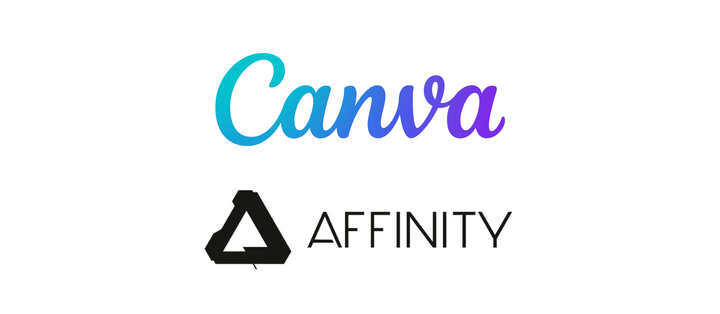Design Disruption: The Unraveling Tale of Adobe and Figma's Unmatched Merger
Designers everywhere take a big sigh of relief.

In a not-so-surprising turn of events, Adobe has decided to hit the brakes on its ambitious $20 billion deal with Figma, the cloud-based design platform.
The collective relief of designers is palpable, knowing that Figma won't be hamstrung by unwieldy subscription prices or bureaucracy.
So, what's the reason?
A roadblock in the form of regulatory approvals from the European Union and the UK, leaving Adobe executives scratching their heads for a "clear path" forward.
This unexpected detour comes after Britain's competition watchdog chimed in, stating that Adobe failed to "present viable remedies to address regulatory concerns" tied to the acquisition.
It's a setback that was seemingly on the cards since speculation started swirling in September that the deal would fall through.
Dylan Field, CEO of Figma, announced the news via Twitter.
After an intense 15 months of review, today Adobe and Figma have decided to end our pending merger, as we no longer see a path toward regulatory approval of the deal.https://t.co/sHuUsW9sR2
— Dylan Field (@zoink) December 18, 2023
What is Figma?
To understand the gravity of this situation, let's take a step back and shed some light on Figma. Known for revolutionising the design collaboration landscape, Figma has been the go-to platform for designers looking to break free from the constraints of other design platforms.
For me, Figma was an opportunity to break free from the shackles of Sketch. But that's a story for another day.
Figma's cloud-based approach enables seamless teamwork, real-time editing, and a level of accessibility that has set it apart in the design sphere. I love it, my team loves it and when the news dropped that Adobe would be purchasing it, our hearts sank.
Why did Adobe set its sights on Figma? Beyond the obvious appeal of Figma's innovative platform, Adobe likely saw the acquisition as a strategic move to fortify its position in the rapidly evolving design tech landscape.
They tried their luck in the space with Adobe XD, which was a valiant attempt, but they weren't quick enough, finding that Figma had already secured a substantial foothold in the design realm.
It leaves questions about what Adobe (and Figma) proposes to do in 2024 and beyond. As Adobe recalibrates its strategy, the aftermath of this failed acquisition is poised to shape the trajectories of both companies.
For Adobe, it means navigating tightened client spending that continues to cast a shadow on its revenue forecasts. For Figma, it's an opportunity to stand alone, armed with the recognition of its value in the design ecosystem.
Adobe's decision to step away from the Figma deal serves as a reminder that even industry giants are not immune to the unpredictable twists that unfold in the business landscape.
As these two entities chart their separate paths, the design community watches closely, eager to see what new brushstrokes each will add to the canvas of creative technology.




Comments ()